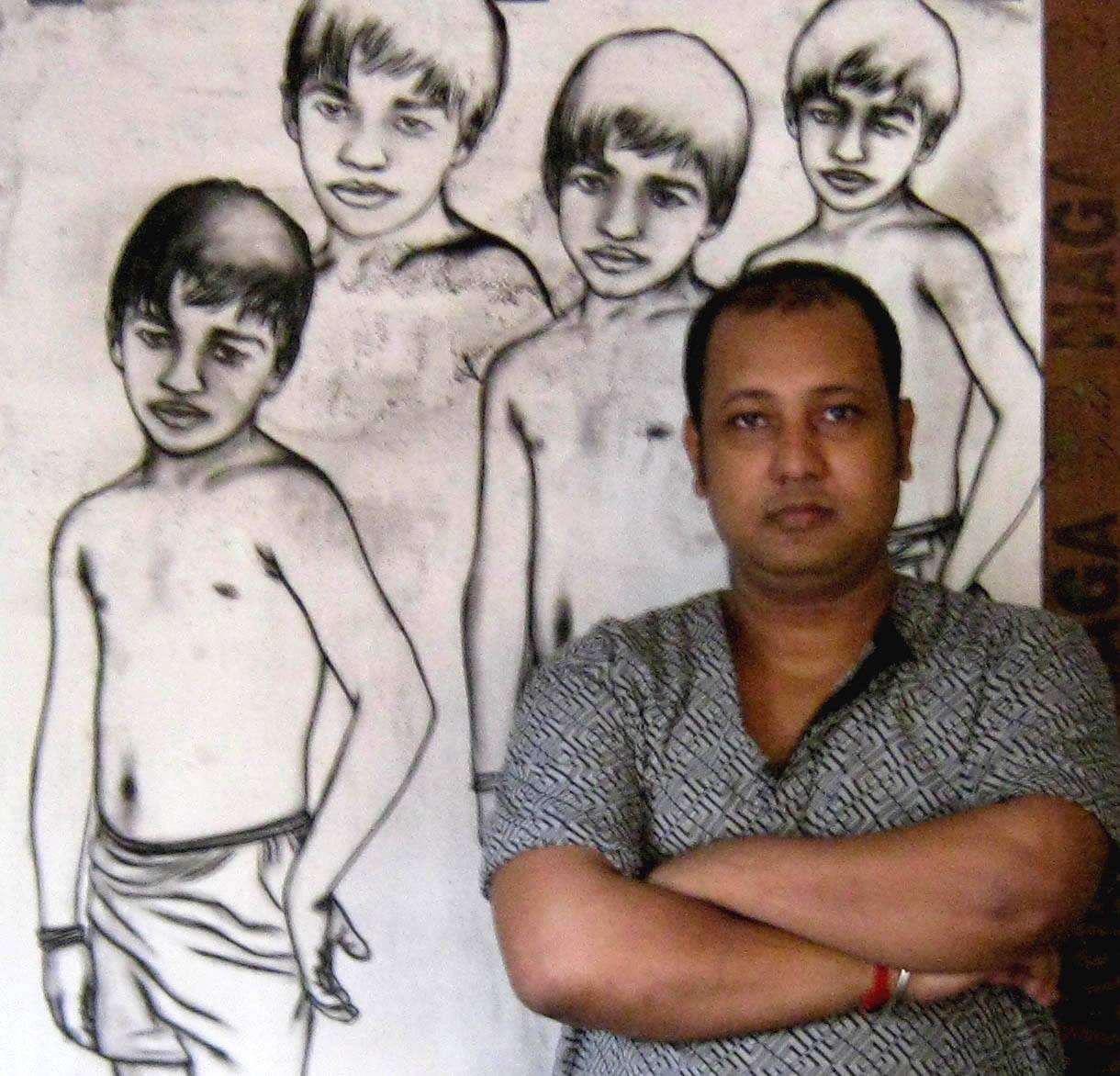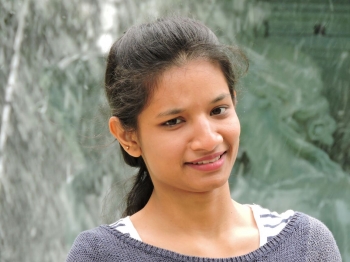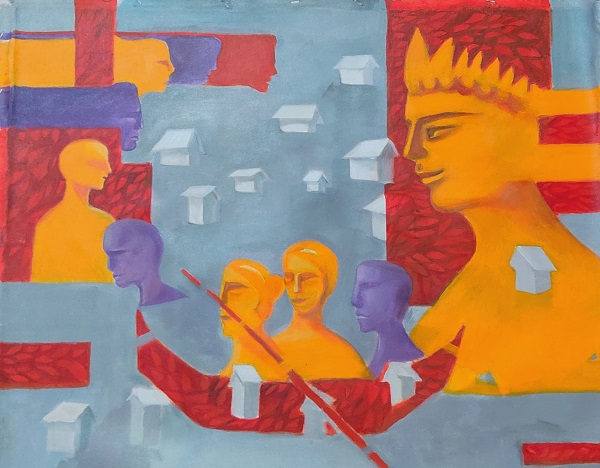
In the expansive domain of visual arts, charcoal paintings emerge as a mesmerizing and expressive medium, captivating artists and aficionados for centuries. With their captivating textures, dramatic contrasts, and profound shades, charcoal paintings possess an allure that transcends temporal boundaries, enrapturing the imagination of beholders. This blog endeavors to unravel the enchantment inherent in charcoal paintings, delving into their historical evolution, intricate techniques, and enduring allure. From the early applications of charcoal in ancient cave art to its refined utilization by Renaissance masters, we traverse the diverse landscapes where charcoal has left an indelible mark. Additionally, we explore the symbiotic relationship between charcoal paintings and pencil sketch portraits, highlighting how these two mediums intertwine to create compelling visual narratives. Through a nuanced examination, we seek to illuminate the profound impact and timeless fascination evoked by the age-old artistry of charcoal paintings.
The History and Evolution of Charcoal Paintings
Charcoal, originating from the carbonized remains of burnt wood, boasts a rich history as a drawing medium, with its roots stretching back to the earliest human artistic endeavors, exemplified in the intricate cave paintings of our prehistoric ancestors. Across epochs and cultures, artists have wielded charcoal as a versatile tool, harnessing its innate capacity for expressive mark-making and nuanced shading to breathe life into their creations. The Renaissance period witnessed a resurgence of interest in charcoal, as artists embraced its tactile qualities and adaptability for rendering intricate sketches and preliminary studies. Esteemed masters such as Leonardo da Vinci, Rembrandt van Rijn, and Edgar Degas demonstrated the boundless potential of charcoal through their masterful drawings, imbuing their works with a sense of depth, emotion, and realism. Today, charcoal remains a beloved medium among contemporary artists, cherished for its ability to evoke both the subtle nuances of light and shadow and the raw intensity of human emotion, ensuring its enduring legacy in the annals of art history.
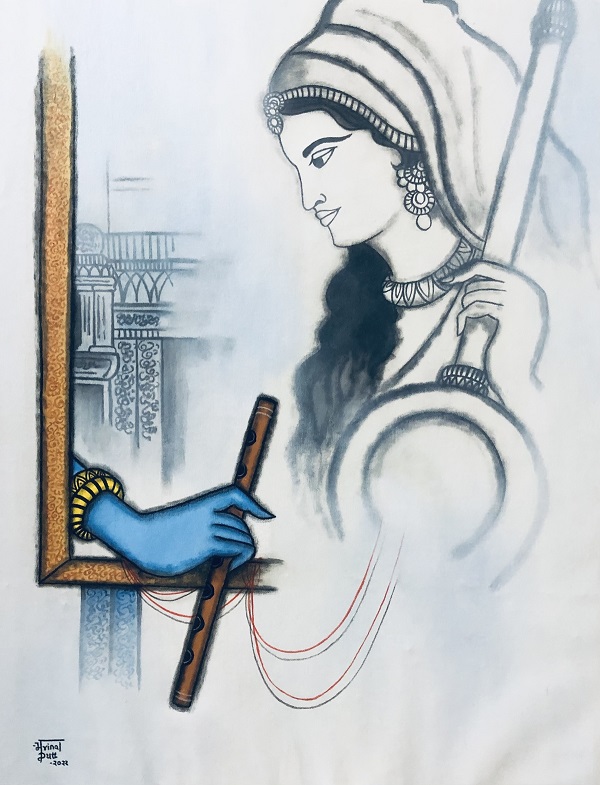
Techniques and Characteristics of Charcoal Paintings
Charcoal paintings are distinguished by their bold, expressive strokes, dynamic contrasts, and nuanced tonal variations, imbuing artworks with a compelling sense of depth and drama. Artists adeptly employ a range of techniques to manipulate charcoal, including blending, smudging, erasing, and layering, to craft desired textures and effects. The supple, velvety nature of charcoal facilitates fluid and spontaneous mark-making, empowering artists to seamlessly weave intricate details and sweeping gestures into their compositions. Whether utilized independently or in conjunction with other mediums like graphite or pastels, charcoal presents boundless avenues for artistic innovation and exploration. Its versatility enables creators to push the boundaries of traditional techniques, fostering a dynamic interplay between light and shadow, form and space. Through the dynamic interplay of texture, contrast, and form, charcoal paintings evoke a visceral response, captivating viewers with their raw energy and emotive resonance. In the hands of skilled artists, charcoal emerges as a potent tool for storytelling and self-expression, inviting audiences into richly layered worlds of imagination and interpretation.
Exploring Themes and Subjects in Charcoal Paintings
Charcoal paintings span a diverse array of themes and subjects, embracing everything from intimate portraits and intricate figure studies to expansive landscapes, serene still lifes, and abstract compositions. The inherent boldness and expressive qualities of charcoal make it an ideal medium for encapsulating the human form, adeptly conveying emotions and infusing compositions with evocative mood and atmospheric depth. Artists who specialize in portraiture often gravitate towards charcoal due to its unparalleled capacity for capturing the nuanced interplay of light and shadow upon the intricacies of facial features. In the realm of landscape and still life paintings, charcoal's versatility shines through as it adeptly translates the texture and essence of subjects onto the canvas, whether it be the rugged contours of a mountainous vista or the delicate intricacies of a blossoming flower. This adaptability and range contribute to the enduring appeal and timeless allure of charcoal paintings, offering artists a medium through which they can channel their creativity and express the richness of the world around them.

The Art of Pencil Sketch Portraits: A Complementary Medium
In contrast to the bold drama of charcoal paintings, pencil sketch portraits offer a nuanced and delicate approach to portraiture. Executed with graphite pencils of varying hardness, pencil sketches allow artists to meticulously capture intricate details with finesse and precision. Each stroke of the pencil delicately delineates the contours of a subject's features, while subtle variations in pressure and shading bring forth the play of light and shadow, imparting depth and dimension to the composition.
Pencil sketch portraits possess a unique ability to convey a sense of intimacy and immediacy, drawing viewers into an intimate encounter with the essence of the subject. Through the subtle interplay of lines and tones, these portraits invite contemplation and evoke emotional resonance, fostering a profound connection between the viewer and the depicted individual.
Whether rendered in monochrome or nuanced shades of gray, pencil sketch portraits exude a timeless elegance and beauty that complements the boldness and expressiveness of charcoal paintings. Together, these two mediums offer artists a rich and diverse palette with which to explore the complexities of human emotion and experience, each contributing its own distinct charm to the world of visual art.
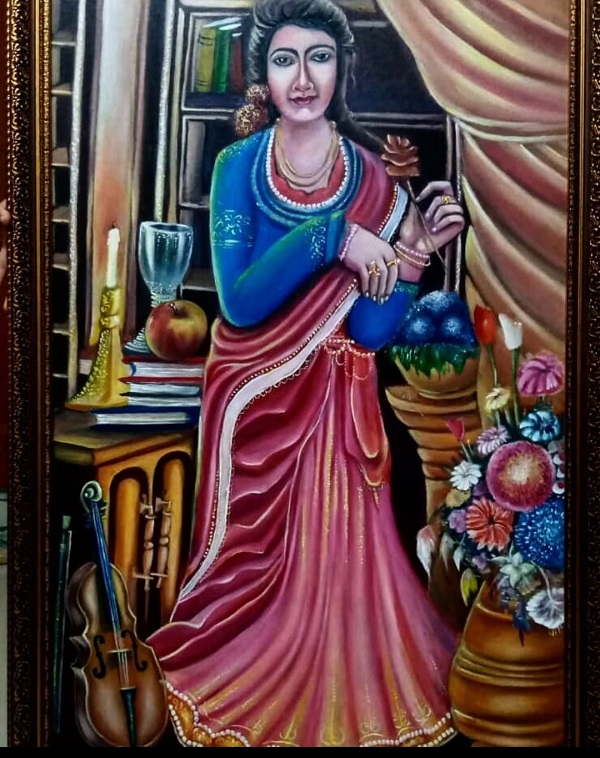
Read More: Difference Between Charcoal & Graphite Paintings
Conclusion:
In the vast expanse of the visual arts, charcoal paintings and pencil sketch portraits stand as two distinct yet harmonious mediums, each possessing its own unique allure and expressive potential. Charcoal paintings, characterized by their bold contrasts and dynamic strokes, evoke a sense of drama and intensity, while pencil sketch portraits, with their delicate lines and nuanced shading, exude a subtle elegance and intimacy. Despite their differences, these mediums share a common thread of versatility and emotive power, allowing artists to convey a wide range of subjects and emotions with remarkable depth and sensitivity. Whether capturing the human form in all its complexity, immersing viewers in captivating landscapes, or venturing into the realm of abstraction, charcoal paintings and pencil sketch portraits serve as windows into the artist's imagination and soul. They invite us to explore the intricacies of the world around us, to contemplate the beauty of fleeting moments, and to connect with the universal language of art. Through their timeless appeal and enduring impact, these mediums continue to inspire and enchant, leaving an indelible mark on the hearts and minds of all who encounter them.














